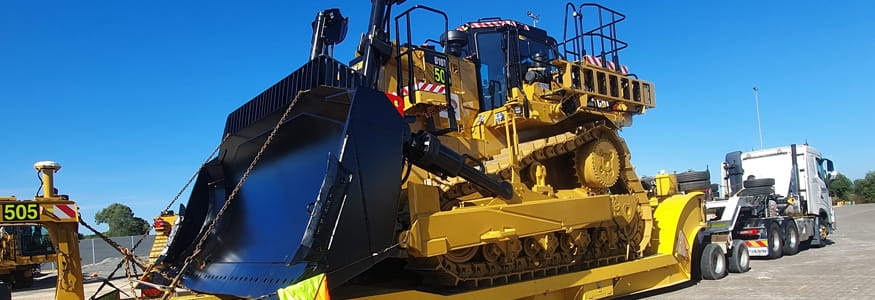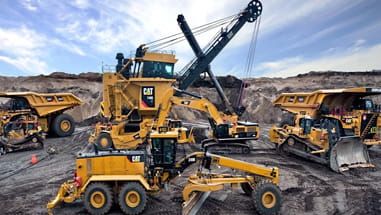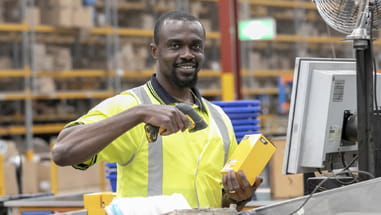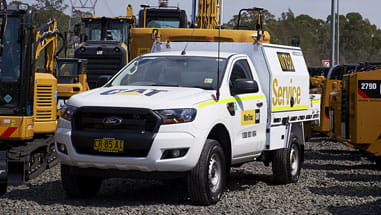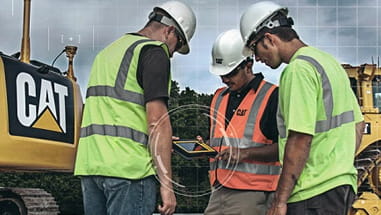BUILT TO BE REBUILT
Like the MineStar system, the D10 line of large dozers has become a staple in Caterpillar’s product arsenal. First introduced in September 1977 as the largest dozer on the market, the D10 featured several cutting-edge elements as part of its revolutionary elevated sprocket design, including a fully suspended undercarriage and tag-link dozer mounting.
Back in 2005, Evolution’s Lake Cowal mine became home to the first D10T model dozers introduced in Australia. Together, Dozers 501 and 502 have achieved an incredible 160,000 hours of operation over the past 15 years. So what has been the recipe for success for this particular dozer model? With so many hours in the arduous conditions of a hard rock mine, how has Dozer 501 lived such a long and productive life before its retirement?
“Caterpillar is built on the philosophy of providing the lowest cost per tonne in production,” says WesTrac Mining Sales Manager, Richard Peck. “In other words, they build the machines to a high standard of quality so they can be rebuilt to perform for the long term.”
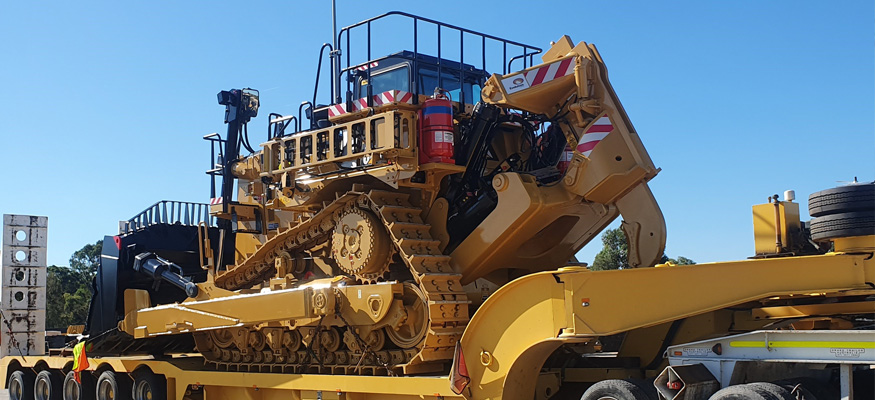
Dave Gleissner, D10 Product Application Specialist at Caterpillar, confirms this philosophy. “Cat large dozers are built to be rebuilt,” he explains. “We understand the life cycle of a dozer and the importance that rebuilds play into lowering a customer’s overall total cost of ownership.”
Evolution’s longevity strategy for its D10T dozers involves each being rebuilt at 20,000-hour intervals. This means a full strip-down to the frame, major component replacements, application of updates, corrosion repair, repainting and returning to service. “With this strategy, the dozer is returned to full service condition every rebuild, and therefore it returns to work with a very high level of reliability and availability,” says Ray Miller.
Continue Reading
In the next and final part, we dive into what will happen to Dozer 501 and explain the differences between the D10T and the new D10T2. We also look at what the future has in store for Evolution Mining and their Lake Cowal operation.
Missed Part 1? Go back and check it out.
